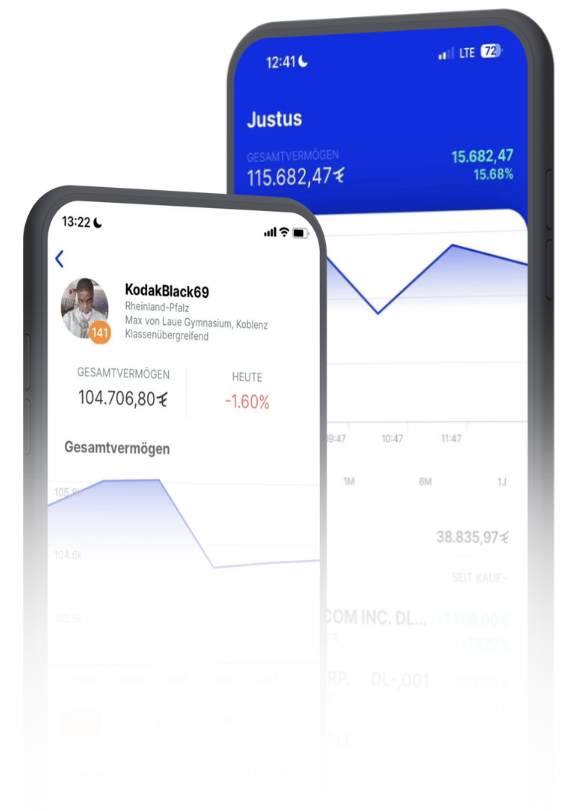Stocks
In the exciting world of investments, first, it’s crucial to understand the distinction between asset classes and investment vehicles. This knowledge will empower you to make informed decisions and optimize your investment strategy.
- Asset Classes
Think of asset classes as broad categories of investments that share similar characteristics and behaviors in the market. Examples include stocks, bonds, real estate, commodities, and cash. Each asset class offers a unique balance of risk and return, and they can perform differently under various market conditions. Understanding these differences is key to building a diversified portfolio.
- Investment Vehicles
On the other hand, investment vehicles are the methods or instruments you use to invest in asset classes. Examples include mutual funds, exchange-traded funds (ETFs), individual stocks or bonds, and real estate investment trusts (REITs). These vehicles provide diverse ways to access and manage your investments, tailored to your specific goals and preferences.
Shares
Shares, also known as stocks, fall under the category of an asset class. They represent ownership in a company and are traded on stock exchanges. Shares are pieces of ownership in a company. When you buy shares, you become a part-owner of that company, known as a shareholder. Companies can issue shares to raise money for their projects. When a company sells shares to the public for the first time, it’s called an IPO (Initial Public Offering). After the IPO, shares are traded among investors on the stock market.
Why Companies Issue Shares
When a company wants to grow, like buying new machines or hiring more employees, it needs money. There are several ways to get this money, such as taking a bank loan, issuing bonds, or selling shares. Shares have been around since the Middle Ages and became popular in the 17th century when Dutch trading companies used them to fund expensive trips to Asia.
Types of Shares
There are different types of shares:
- Ordinary Shares: These come with voting rights.
- Preference Shares: These usually have higher dividends but no voting rights.
- Bearer Shares: These can be transferred easily without much formality.
- Registered Shares: The owner’s name is recorded in a register.
Benefits of Being a Shareholder
If the company does well, shareholders benefit. They receive dividends and the value of their shares can increase. This happens because other investors want to buy shares in a successful company, driving up the demand and price.
As a shareholder, you have certain rights:
- Dividends: You get a share of the company’s profits.
- Liquidation Proceeds: If the company is dissolved, you get a share of what’s left.
- Subscription Rights: If the company issues more shares, you can buy them to keep your ownership percentage.
- Voting Rights: You can vote on important company decisions at the annual general meeting (if you have ordinary shares).
How Share Prices Are Determined
The price of a share is influenced by what investors think the company will achieve in the future. If they believe the company will grow and make more money, they buy shares, pushing the price up. Conversely, if they think the company won’t do well, they sell shares, causing the price to drop.
Market Movements vs. Single Share Movements
- Market Movements: The broader stock market is influenced by macroeconomic factors, political events, and overall investor sentiment. These movements can cause the prices of many stocks to fluctuate in unison, reflecting trends and shifts in the economy.
- Single Share Movements: The price of an individual share is directly impacted by the company’s specific news, earnings reports, and investor expectations. While market trends play a role, the company’s unique circumstances primarily drive its share price.
It’s important to note that share prices can also move in response to overall market movements. Understanding both the market dynamics and the factors influencing individual shares is crucial for making informed investment decisions.
Why Now Is a Good Time to Invest
With low interest rates, companies can borrow money cheaply, which helps them grow and increase profits. This makes shares more attractive compared to other investments like savings accounts. Shares also tend to do better against inflation because they represent ownership in a company. You will never know how the market will develop. If you invest long-term, you need to start one day. Yesterday was better than today 😉
Getting Started with Investing
To buy shares, you need an account with a bank or broker. You need to do your financial planning: What is your investment goal (short-, middle, long term)? How much risk do you want to take? Which asset class suits best for you?





